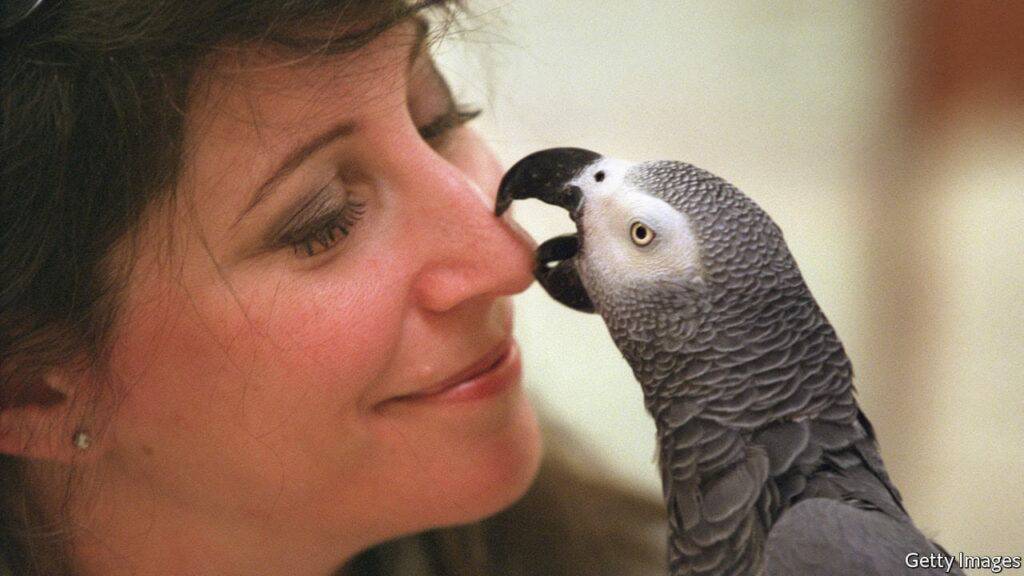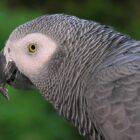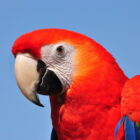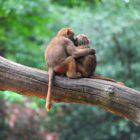Alex and Me: The genius of Alex the Parrot

In this program from The Massachusetts School of Law’s Educational Forum, Professor of law Diane Sullivan interviews Dr. Irene Pepperberg on her book: “Alex and Me: How a Scientist and a Parrot Uncovered a Hidden World of Animal Intelligence and Formed a Deep Bond In the Process”.
The story of Alex’s life begins in the untamed landscapes of Africa, where he took his first breath in 1976. The exact details of his early days remained a mystery, a curious prologue to a life destined for scientific exploration. It wasn’t until Alex found his way into the care of Dr. Irene Pepperberg at the University of Arizona that his narrative, one marked by discovery and revelation, truly commenced.
The acronym ‘Alex’, standing for “Avian Learning EXperiment,” echoed the significance of this African Grey Parrot’s role in challenging existing paradigms of animal cognition. Dr. Pepperberg’s decision to study Alex wasn’t just about teaching a parrot to mimic human speech. It was a mission to uncover the depth of intellectual potential within the avian mind.
Revolutionizing Notions of Avian Intelligence: The Three-Decade Collaboration
What transpired over the next three decades between Dr. Pepperberg and Alex was nothing short of revolutionary. The African Grey Parrot showcased not just an ability to mimic words but a profound comprehension of their meanings.
Alex’s vocabulary, a lexicon exceeding 100 words, was a testament to his remarkable linguistic abilities. Yet, it was the depth of his understanding that set him apart. He could identify and label objects, discern shapes and colors, express preferences, and even engage in numerical reasoning. His grasp of the concept of zero, once considered beyond the cognitive reach of non-human animals, stood as a beacon of his exceptional intellectual prowess.
The Unique Bond Between Alex the parrot and Dr. Pepperberg
What elevated Alex’s accomplishments to extraordinary heights was the nature of his interactions with Dr. Pepperberg. Their relationship transcended the boundaries of traditional human-animal dynamics; it was a profound partnership built on mutual respect and understanding. Alex wasn’t merely echoing sounds; he was participating in meaningful conversations, asking questions, and expressing emotions.
His responses weren’t mechanical repetitions; they were thoughtful and contextually relevant. In a striking display of cognitive flexibility, Alex could answer questions even in novel situations, showcasing a level of comprehension that defied preconceived notions about the cognitive limitations of non-human animals.
The Legacy and Global Impact of Alex’s Contributions
Alex’s impact stretched far beyond the laboratory walls. His groundbreaking contributions became a catalyst for a paradigm shift in avian cognition research, redirecting the focus from mimicry to the nuanced cognitive processes that underpin avian communication. His influence resonated not only within scientific circles but also captivated the public imagination, instigating a newfound appreciation for the intelligence and emotional depth of parrots.
This African Grey Parrot became a symbol of the cognitive richness within the animal kingdom, reminding humanity that the capacity for learning, understanding, and meaningful communication is not an exclusive trait of our species. The legacy of Alex prompted a renewed interest in understanding the intricacies of animal minds, inspiring researchers worldwide to delve deeper into the intellectual capacities of a diverse array of species.
Remembering Alex’s Feathery Luminary
Tragically, the awe-inspiring journey of Alex came to an end on September 6, 2007, leaving a void in the scientific community and the hearts of those who had come to admire his brilliance. His passing was more than the loss of an extraordinary African Grey Parrot; it marked the end of an era in avian cognition research.
Nevertheless, Alex’s legacy endures. His contributions continue to shape ongoing studies, influencing research on other parrot species and encouraging scientists to explore the cognitive capacities of diverse animals.










